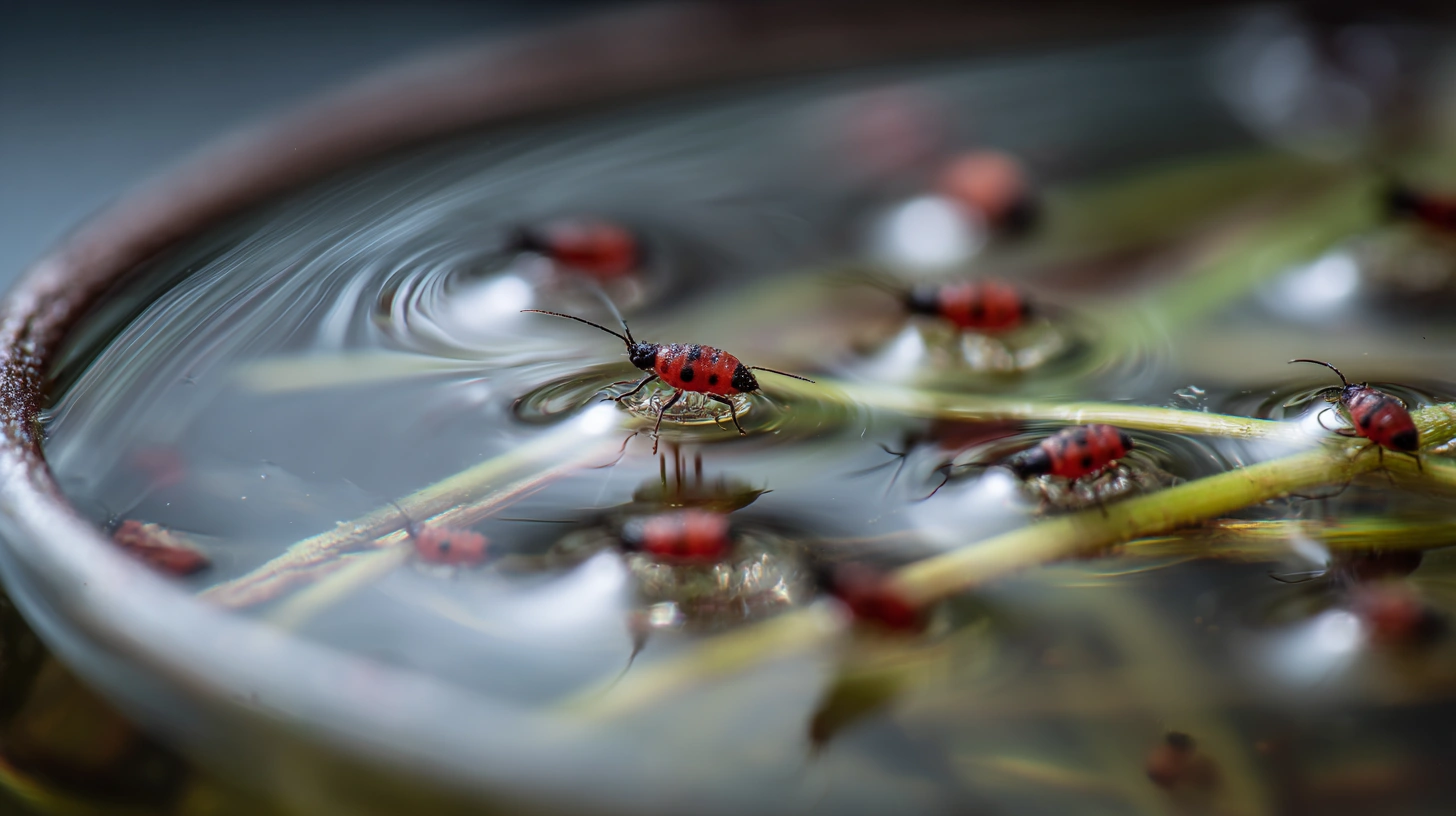Chinch Bug vs Drought: NE Florida Lawn Diagnosis

Learn how to tell if those dead patches in your NE Florida St. Augustine lawn are from chinch bugs or just plain drought--and how to fix it.
Chinch Bug vs Drought: NE Florida Lawn Diagnosis
Introduction
If you've spent another steamy morning in Northeast Florida only to find irregular yellow patches in your St. Augustinegrass, you're not alone. Those brown spots could be the handiwork of southern chinch bugs--or just plain drought stress under this relentless summer sun. Get the diagnosis right and you'll save time, water and maybe even a few headaches (not to mention a perfectly green lawn your neighbors envy).
In this guide, I'll walk you through the telltale signs of chinch bug infestation versus drought damage, show you how to confirm what's really going on with a simple flotation test, and outline UF/IFAS-approved treatments for both scenarios. Whether you're battling pests or just trying to coax life back into heat-stressed grass, you'll walk away with clear, actionable steps.
Problem Identification
Chinch Bug Damage
- Irregular, expanding patches with yellow or straw-colored halos
- Central area often dead, edges thinning
- Look for tiny black adults with white wings or red/orange nymphs at the thatch layer
Drought/Heat Stress
- Uniform bluish-gray tint across broad swaths
- Leaf blades folded lengthwise; footprints remain visible after walking
- Entire lawn feels crisp--not just isolated spots
How to Diagnose
Visual Inspection
- Walk your lawn mid-morning. Chinch bug patches will appear suddenly, while drought stress develops more evenly.
- Part the grass at the soil interface. Pests hide in thatch; drought stress won't produce crawlers.
Flotation Method
- Cut a one-gallon paint can or similar cylinder so it's open at both ends.
- Press it an inch into the soil at the edge of a suspect patch.
- Fill with water and watch for bugs rising to the surface in 1-2 minutes.
- If you see chinch bugs, you've got pest pressure, not just thirsty grass.
Ready to transform your lawn?
Get personalized AI guidance for the perfect lawn. Download Grassmaster Gus now!
Causes & Contributing Factors
- Chinch bugs thrive in full sun and thatch thicker than 3/4"
- Overfertilized, shallow-rooted turf is more inviting to pests
- Underwatering or long irrigation intervals let the root zone dry out faster
- Heatwaves amplify both pest reproduction and plant stress simultaneously
Treatment Strategies
For Drought/Heat Stress
- Water early morning, 1/2-3/4 inch per session, 1-2 times per week depending on rainfall
- Avoid light, daily sprinklings--deep, infrequent irrigation builds stronger roots
- Hold off on fertilizing until grass rebounds to prevent salt burn
- Check local watering restrictions before adjusting schedules
For Chinch Bugs
- Confirm infestation with flotation test before treating
- Homeowner insecticide: Bifenthrin spot treatments along patch borders
- For severe or resistant populations: rotate chemicals (e.g., trichlorfon) per label instructions
- Avoid irrigating immediately after application--let the insecticide settle
- Reduce thatch via vertical mowing or aeration to expose hiding spots
- Encourage beneficial predators like big-eyed bugs and predator mites
Prevention & Cultural Practices
- Mow at 3.5-4 inches: taller grass shades soil, discourages pests and conserves moisture
- Choose resistant cultivars such as 'Floratam' or 'Floralawn' when re-sodding
- Monitor weekly during peak summer--spot-check with can or shovel
- Keep thatch under 1/2" to limit pest harborage
- Practice integrated management: good culture reduces both drought and pests
Conclusion
Pinpointing whether those stubborn brown patches are from chinch bugs or drought stress is half the battle. A quick flotation test and a few simple observations will guide you to the right fix--deep irrigation for parched turf or targeted insecticide and thatch control for pests. With the right approach, your St. Augustinegrass will bounce back from heat and bugs alike, giving you that lush, even green lawn you take pride in.


